Japan is made of five different islands, and Hokkaido is the second largest one. In Hokkaido, you will discover breathtakingly beautiful views around Lake Toya, or find yourself surrounded by the marvelous Daisetsuzan mountain range which comprises volcanoes such as Mt. Tokachi, and Mt Biei. If you’re taking a road trip around Furano and Biei, look left and right to see if you can find cows in their stables or tractors ploughing fields of beetroot, asparagus, potatoes or carrots, or the magnificent flower farms with lavender, and a rainbow of colours.
Are you ready to take a trip through Hokkaido ? Then come with me!
This trip was extra special because it was not just my family – we also had along, my grandparents, my aunt and uncle, and my cousins, Matthew and his little sister Emilia. Our itinerary for the trip included staying at Lake Toya & Noboribetsu (3 nights), Obihiro (2 nights), Furano & Biei (3 nights), and Sapporo & Otaru (2 nights), while visiting the places adjacent to these.
Lake Toya
Lake Toya is a caldera created by a volcanic explosion approximately 100,000 years ago. I felt lucky I wasn’t alive when that happened. There was a water source underneath the volcano which became Lake Toya. Due to convection, the temperature of the surface water layer does not drop so it doesn’t freeze. Convection causes liquid or gas to heat up. Here are the places to visit in and around Lake Toya.
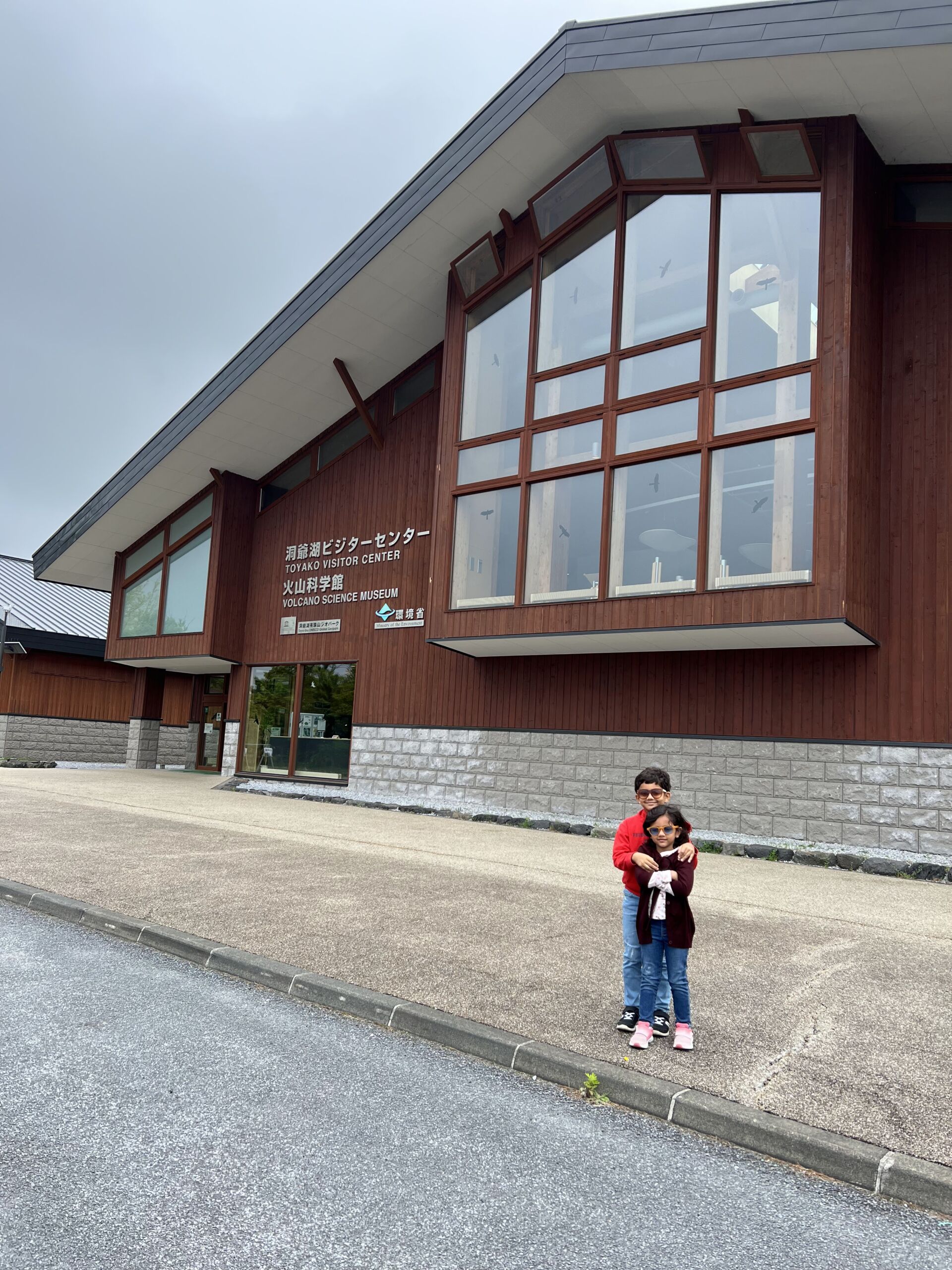

The Volcano Science Museum – This explains the history of Lake Toya and Mt. Usu. We learned about native animals that live in the spectacular forests of Hokkaido such as deer, foxes, raccoons and weasels. After the eruption that formed lake Toya, smaller eruptions at a later period led to an island being born in the centre of the lake. It is called Nakajima island. Other tectonic movements created Mt. Usu, which is still an active volcano. There was a canoe and Rebekah and Matthew pretended they were escaping from the explosion of Mt. Usu on a canoe. Matthew asked me so many questions in the car that I got really annoyed!
Swan boat on Lake Toya and fireworks – Experiences on boats can be quite exciting in general, but this memory stands out even more because I got to drive a boat on a caldera lake by myself! Can you imagine that? Matthew and I took turns to drive though. There are two types of swan boats that you could choose from: motor or pedal boat. I would recommend a motor boat as then, you don’t have to worry about exerting yourself and you can just switch the speed dial to go faster or slower. It is also an experience to get so close to the water where you can almost see the bottom even though the water is so deep. From late April to late October, you can see wonderful fireworks by the lake every night which are set off from two boats in the middle of the lake . We tried to catch up with my uncle who was driving the other boat. Rebekah chose to sit with the baby before I did! Don’t fall into the water!
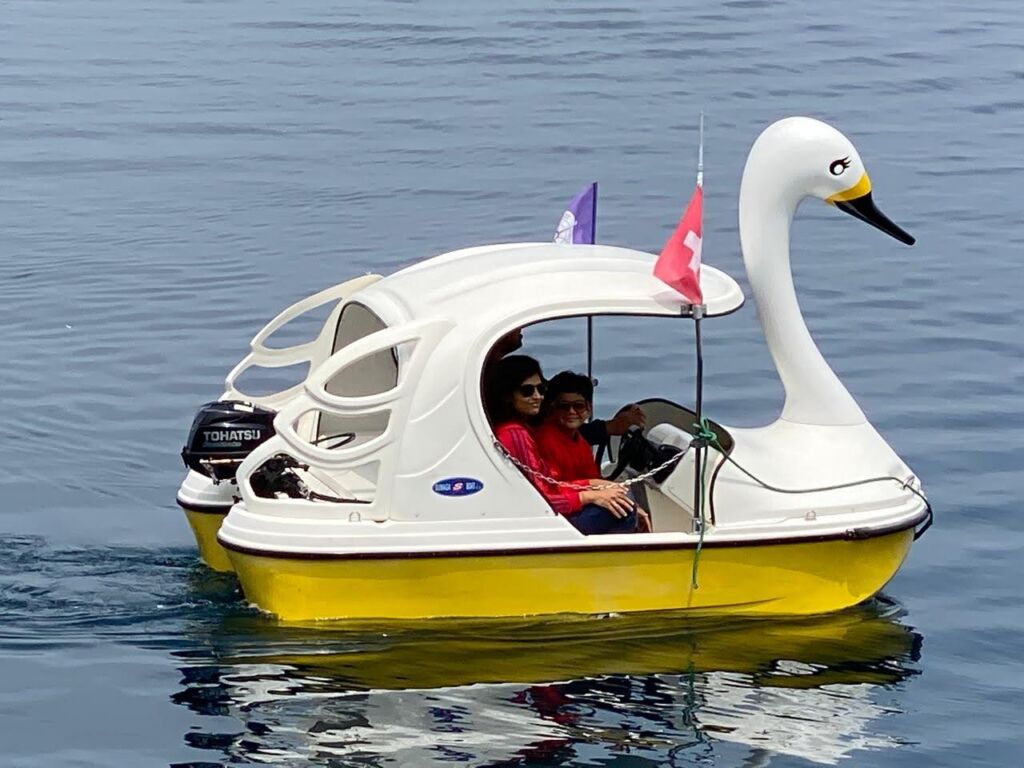

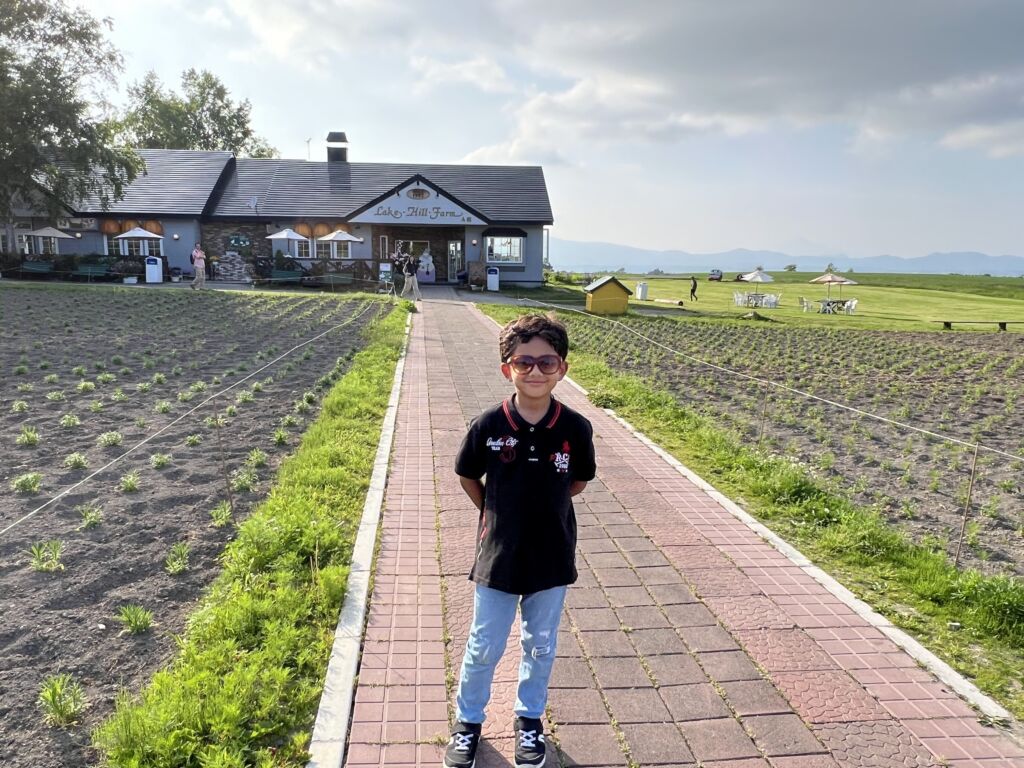

Mt. Usu ropeway – Mt.Usu is a volcano to the south of Lake Toya. There is a ropeway which you can take to a height of 737 metres. On the way, you might spot Mt. Showa Shinzan, a lava dome created by smaller eruptions from Mt. Usu. There is no trail to the summit but there is a trial to the Konipara crater viewpoint – this crater was created after the 2000 eruption. I thought the crater would be some kind of open area with lava bubbling inside but it turned out to be a black patch of land! There is also a view point where you can take photos with a picturesque backdrop of Lake Toya, Nakajima island and Mt Showa Shinzan.
Lake Hill Farm is an actual farm on the hillside, with a farm shop that offers products made from fresh cow’s milk. Treat yourself to milk pudding, ice cream, strawberry jam or even custard or milk buns – they’re delicious! In fact, Hokkaido is known for its milk and dairy industry, especially the wonderful custard buns. You could relax in the gardens around the cafe or toss a ball back and forth on the field – the farm shop has a few outdoor game kits that customers can borrow! If you need a relaxing end to the day, Lake Hill Farm is the place to go to.
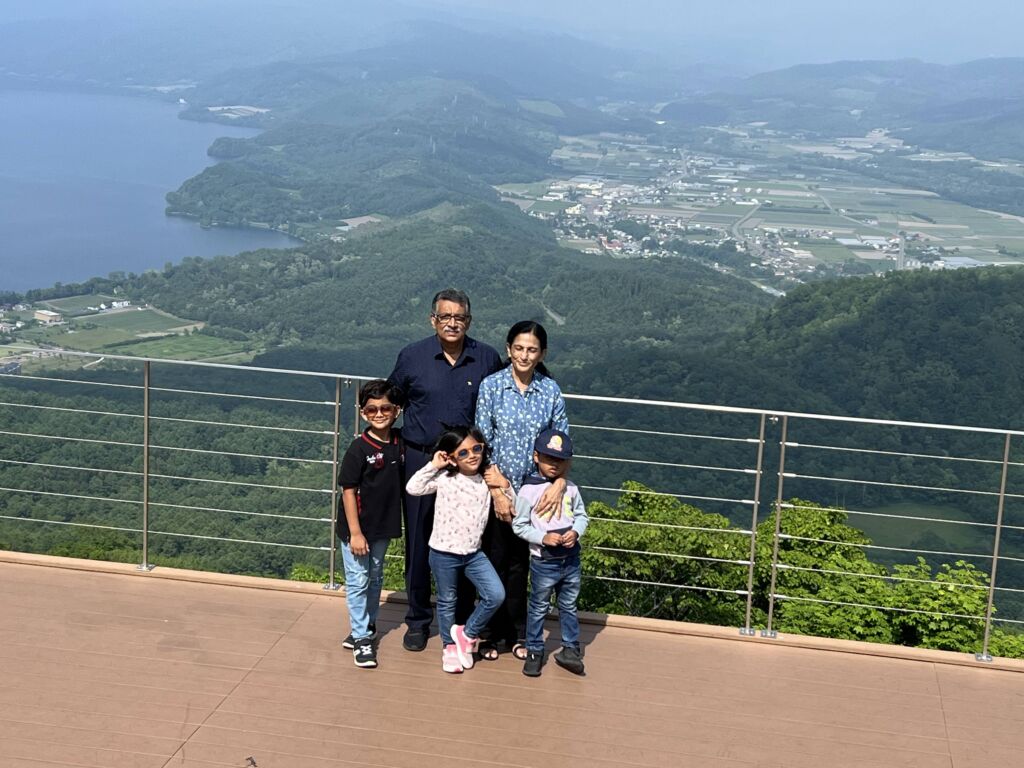

Noboribetsu
Noboribetsu is a UNESCO world geopark with hot springs created by the eruptions of Mt. Hiyori, and Mt. Kasayama about 10,000 years ago. In the 16th century, the hot springs were used to heal diseases and even today there are many Onsen resorts (Japanese hot springs) around this area for people to stay in for their health.
Oyunma pond in the Noboribetsu region, is a sulphuric pond and is extremely stinky because of the hydrogen sulphide gas. I hated the smell, it was even worse than the smell of poo! The water is somewhat green and you can see it bubbling because it is so hot! If you walk upstream, you will find a spot where you can dip your legs into the warm water and relax. It isn’t as smelly there either!
Jigokudani (Hell’s valley), is a valley with orange hills. Huge demon statues guard this area and because of the very steep cliffs and the steam coming off the springs everywhere, the locals called this ‘Jigokudani (Hell valley)’ . There is a boardwalk that will take you through the centre of the volcano. If you look on both sides, you can see the granite-coloured hills towering over you. You might see a yellowish substance. It is called Sulphur. Since I like learning about the periodic table, I said this was my favourite place to go to in Japan. At the end of the boardwalk, there is a pond with water that is boiling 80 degrees Celsius! In winter, you can visit the monkey park and see monkeys bathing in the Noboribetsu Onsen!
The Noboribetsu bear park, is a place where you can see the native species of bear in Hokkaido, the Ezo brown bear. You have to take a cable car up to the bear park. We went on a rainy day so we couldn’t see the view thanks to a huge amount of mist, but I can imagine that the view would be great when the weather is clear! It looked as if the cable car ropeway was coming to an end and we were going to plummet downwards! The first thing you see as you enter the bear park is an enclosure where you might see bear cubs playing or wrestling with each other. There is also a man cage where you can go face-to-face with a huge male bear from the safety of a glass cage! You can consider yourself lucky if they come to you for some bear snacks or if they stand upright to scratch their backs. Their heights can reach up to 2.3m; that’s two times my height! You will also see an enclosure for female bears – we found some of them bathing in the water or playing with a ball. Furthermore, there is a bear show where you can see bears performing tricks at a safe distance. Finally, there is a duck race which can sometimes be hilarious – you can bet on a duck to win money. Try not to fall into any of the bear enclosures!
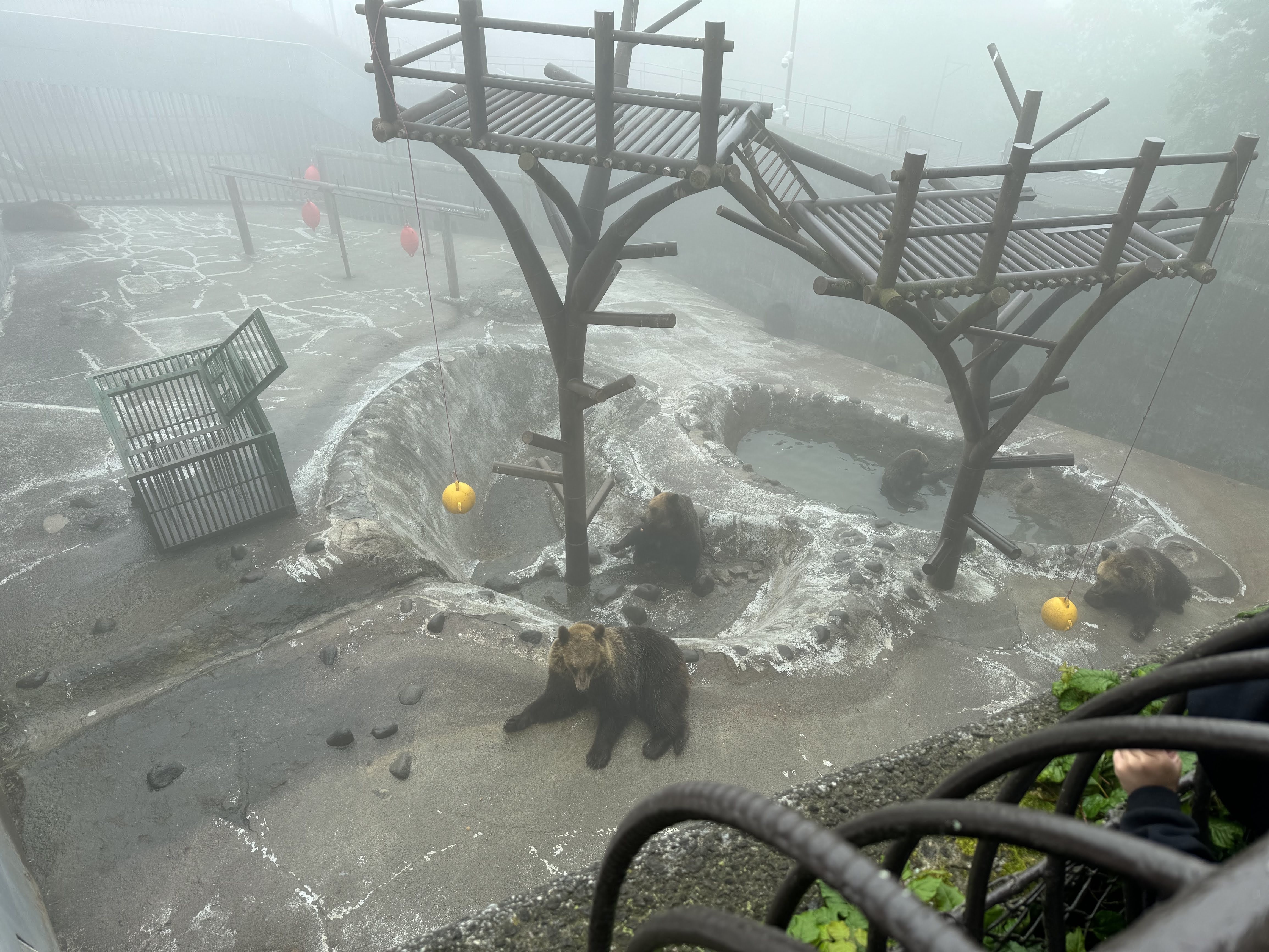

Obihiro
Obihiro is a big city located in southeastern Hokkaido, which offered us an interesting stop before we headed to Furano/ Biei
The Northern horse park is a place where you can enjoy looking at horses or going on an assisted ride on a big horse. There are stables where you can see horses of different breeds such as Lead rein horses and former racehorses from Germany, Belgium and obviously, Japan. We also saw jockeys in training around an obstacle course, as well as a pony show. The pony will do lots of tricks like jumping bars or waving to you!
Hot air balloon – If you want to take a ride on a hot air balloon, you have to wake up early. There is a two hour balloon ride around the countryside that only happens 4 to 5 am – the reason for this early hour is that as the day progresses, the winds get stronger and make it dangerous. We went for a short ride, where you take the balloon up for a view of the surrounding fields, and then back down without drifting around. You can feel the hot air blowing on your head as you rise. It is quite an experience!
Kofuku Train Station is a now-closed railway station in the city of Obihiro. Even after its closure as a working station, it remains a popular sightseeing location where visitors come to wish for good luck as ‘Kofuku’ literally means ‘Happiness’ in Japanese. There was a bell for ringing and Matthew tried to ring it but it was too high for him to reach. It was hilarious to see him jumping trying to reach it. Here, we saw an electric tram that doesn’t have an engine as also a train used to clear snow off the track with its gigantic snow plough.


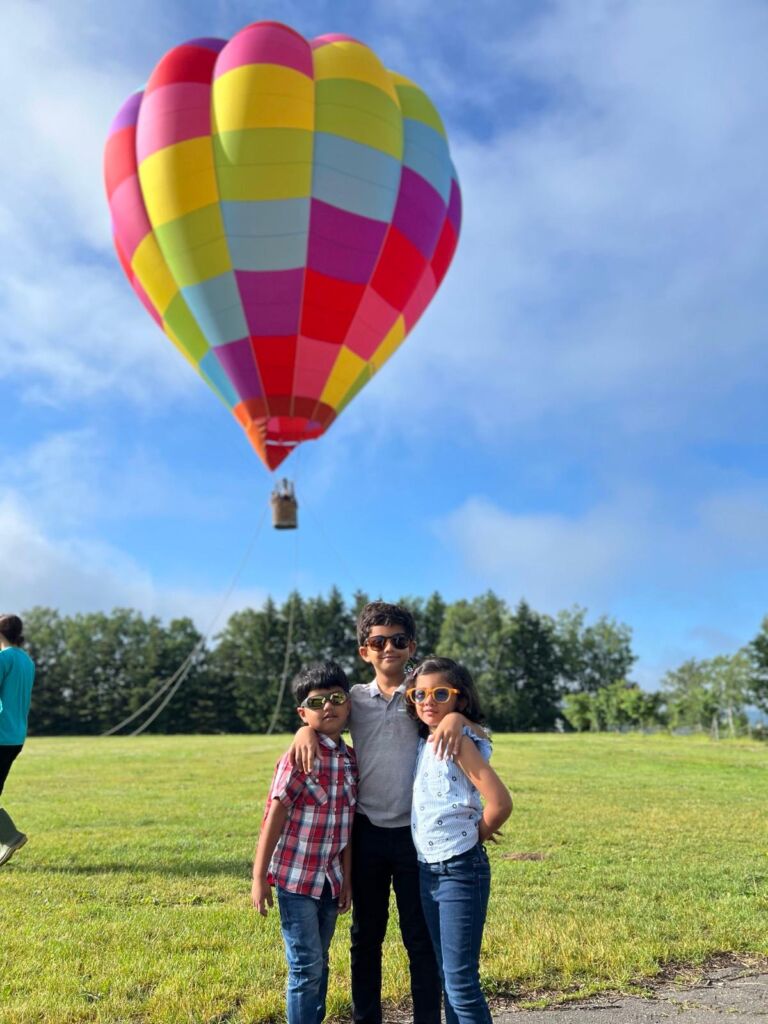



Iwanai gorge – This gorge was created by the Iwanai river. A bridge connects the two sides of the gorge and standing on this, you can see the river flowing underneath, and enjoy the magnificient view. There are supposed to be a few treks around this area, which we couldn’t really do because they were closed.
Rokka forest is a beautiful landscaped garden with about nine huts which are galleries for the artwork of a famous painter; Naoyuki Sakamoto Chokko, who painted loads of pictures of mountains and flowers.
Obihiro ‘Draft Horse’ stables – In Hokkaido, a special breed of draft horses were bred by crossing French / Belgian imported breeds with local mares, to create massive draft horses that each weigh close to a tonne! These horses were originally used for their agriculture and lumber industry, but today have not much use beyond being pets, for horse meat, and for horse racing.
We visited one of the stables housing these giant horses. Before entering these stables, you have to wear boots and also disinfect your hands and feet so you don’t pass on diseases to the horses. I was extremely awed by how big these horses were, each of which can pull a tonne. Their huge necks towered over the fence like monsters. They are also very beautiful with shiny coats of different shades – silver, black, palomino, brown and white, and bushy manes and tails.


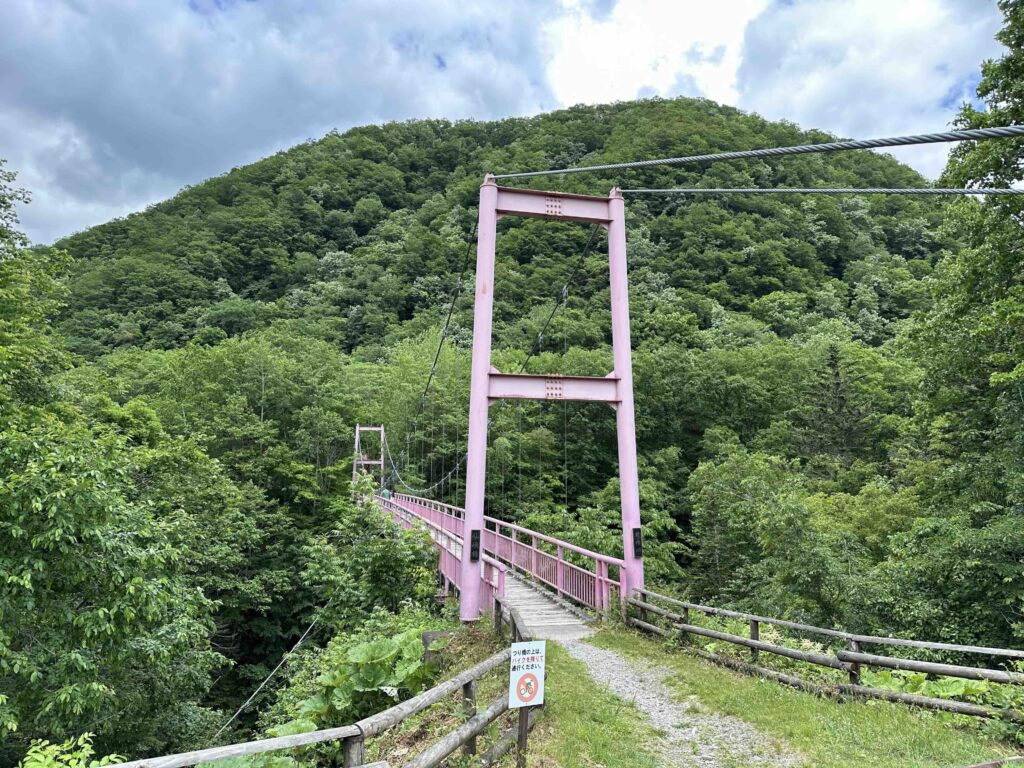



Obihiro Ban’ei Racecourse – At the races, horses are made to pull a one tonne sled over two ramps and people bet to see which horse wins. Ban’ei racing has its probable origin in agricultural work, when horses were used to pull farming machinery and sleds of wood. Eventually, the horses were tested for speed and strength in festivals of the late Meiji Era. The popularity grew; in 1953, Hokkaido’s four cities (Kitami, Asahikawa, Iwamizawa, and Obihiro) began to manage races. The former three closed operations in 2007 due to declining revenues. Obihiro racecourse is now the only one currently active, hosting races most Saturdays, Sundays, and Mondays. I felt a little sad to see the horses struggle when they run out of stamina as they have to pull their own body weight. I know many people might like to see the race but it wasn’t really something I liked as much.
Furano and Biei
Furano and Biei are towns in the centre of Hokkaido, known for their pleasant and breathtaking rural landscapes. The best time to visit is July, when the lavender fields are in bloom. During winter, Furano turns into a popular downhill and cross country ski resort.
At the Furano cheese factory, you have the opportunity to see people making the cheese through big glass windows that give you a view of the cheesemaking – I saw cheese in a vat and an aging storeroom for the cheese. You should first watch the video on how to make cheese. Upstairs, you can taste different types of cheeses including one with squid ink! There is a map of European countries and the kinds of cheese they produce, and you can test yourself on your knowledge of cheese by doing a fun quiz.


Ningle Terrace is a bunch of distinct wooden houses, each of which is a souvenir shop, set in a forest-like setting, connected by a boardwalk. At one shop, you can buy paper-made crafts like snowmen that have been carved so well , you can’t even make out that it is paper! At another shop, you can buy wooden owl carvings showing different sizes and expressions of owls. There are photo frames with pictures made from paper! You can also buy leaf and natural ornaments. My favourite is the musical orchestra shop where you can buy tiny musicians carved of pine cones, and wood, each playing different instruments like the cello, the violin , the flute.


Shirogane Blue Pond – This pond is so named because of its unique dark turquoise colour. It used to be an empty pit used to block the lava flow of Mt.Tokachi after it had erupted. After the eruption, the pit was filled with rain water to create the Blue pond. The blue colour comes from aluminium hydroxide which was left behind on account of the lava flow.
Shirahige waterfall is a blue waterfall and like the Shirogane Blue Pond, has aluminium hydroxide. You can see the beautiful waterfall from a canopy bridge, from where you can walk 286 steps up to the Tokachi museum. On the way, there is a fun quiz about Mt. Tokachi to entertain you so you don’t get tired. At the top, there is a volcanic gallery that will tell you the history of Mt. Tokachi-dake. You will find volcanic rocks from different eruptions and even a display of the blockage used to block mud or lava flow. In 1926, a huge eruption happened and the smoke went up to an elevation of 200+ metres high! I was awed by how high that is. There was a mud flow after the eruption which came and destroyed a few towns in Biei and Kamifurano so in 1986, people built a few diversional structures to direct the mud flow through the channel. You can actually see what happened at the gallery because there is an exhibit that shows you the dams and what would happen if there is no dam.




Tomita farm is a functioning flower farm in Furano, from where they export flowers. There are huge lavender fields and multicoloured flower fields with different types of flowers – lavender, marigolds, poppies and much more! Try out the lavender ice cream-it’s delicious! Lavender ice cream is actually vanilla with lavender oil on it. Yubari melon is a speciality in Hokkaido so they had melon ice cream and sliced melon. I liked the sweet taste of it. It was fascinating to see how some of the fields had their flowers arranged in a rainbow with red sage, orange and yellow marigolds, green ferns and blue, indigo and violet lavender. Isn’t that beautiful? Lavender from Farm Tomita are harvested to produce oils and dried flowers. Lavender oils are used in lavender ice cream, fragrances for cosmetics, such as perfumes and soaps and for candles. Dried flowers are made into potpourri and flower arrangements.
Shikisai-Na-Oka, like Tomita farm, is a beautiful flower farm and garden . You can take a golf cart around the fields and take beautiful photos of the flowers on rolling hills. I thought the rolling hills looked never-ending! Inside this place, you can also go to the Alpaca stables where you can buy some carrots and lettuce to feed the Alpacas. Do not tease an Alpaca with food because they might spit at you!
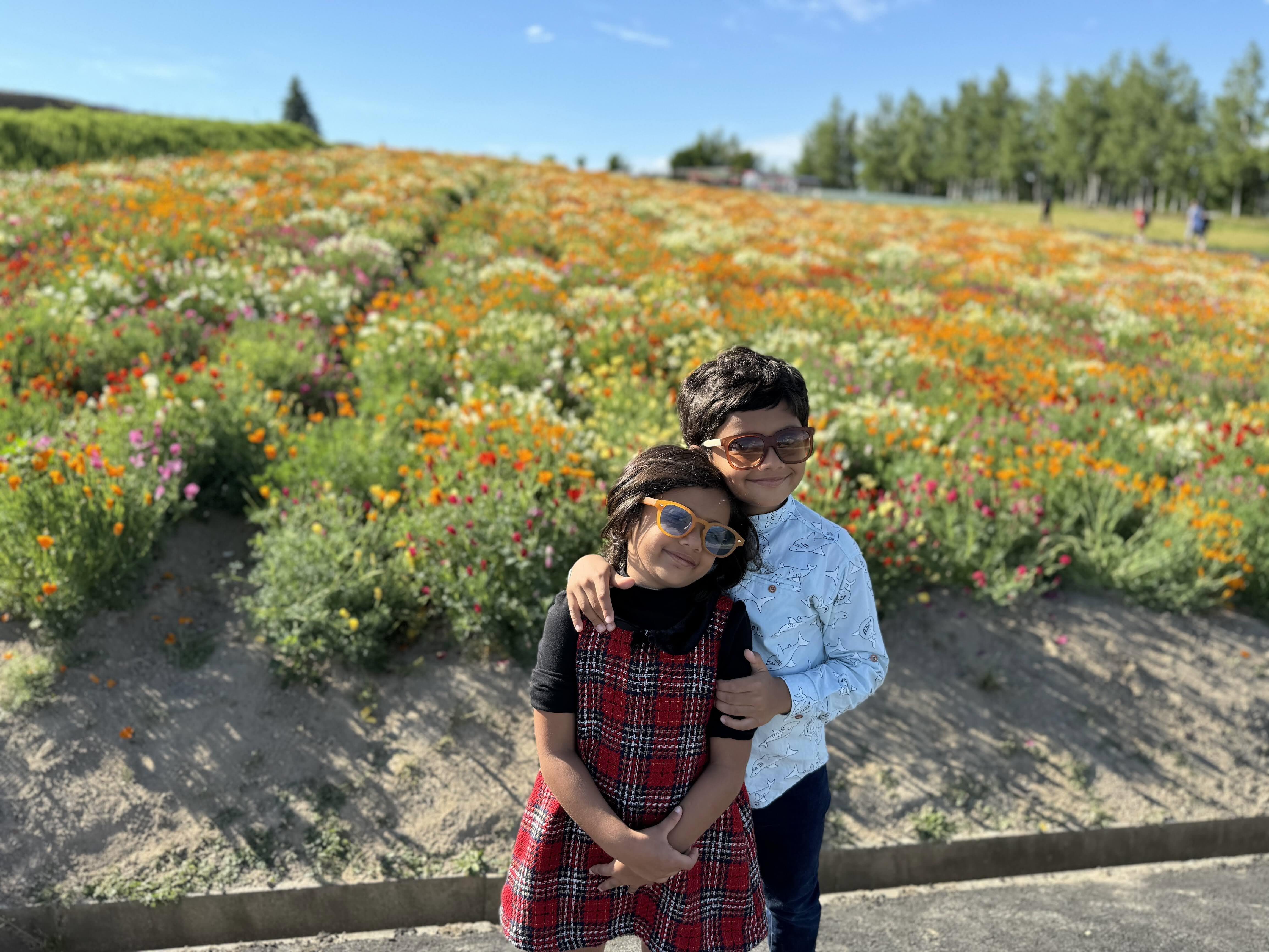







Museum of tractors and soils of the world – With Furano and Biei being a place of agriculture it is no wonder that they should have a museum of tractors. This museum will explain the history of tractors and different types of soil in the region. You can see lots of ploughs. I found out that they are usually pulled by buffalos, horses, cows, donkeys and even camels! You can see a blacksmith’s house where he forges ploughs. There is also a hall dedicated to different types of tractors, ploughs, and farming attachments to a tractor like a potato harvester!


Panorama road and Patchwork road – These are scenic drives you can take to enjoy the beauty of the hills and the lush fields. Panorama road offers a seemingly endless view into the horizon with crop fields on your left and right. Patchwork road is so named because the fields look like a patchwork quilt thanks to all the different shades of green.


Chiyoda Farms is a dairy and beef farm with an attached restaurant. The cattle at this farm are called Wagyu cattle, a Japanese breed that are raised on a specific diet. While some are grain fed, some follow a grass-fed diet. The colour of these cows are black. Wagyu cattle are the main source of food in the restaurant for wagyu beef and dairy products like milk and ice cream. There is also a petting zoo within the farm. We really enjoyed the petting zoo as we got to feed a pony and a calf and pet a baby goat.




Sapporo and Otaru
Sapporo, the capital of Hokkaido, is also the biggest city in Hokkaido. This place is famous for its night markets, winter festivals, for shopping and also apparently for its local beer.
The Historical Village of Hokkaido is an outdoor museum that has scaled replicas or full sized structures of buildings from the past – residences, shops, a school, factories, and even a police office . In the town area, you can see where people live and what they did for a living. We saw fishing trade houses where people stored herring after catching them. There is also a farm area with a barn where you can try to milk an artificial cow! In the forest, there is a locomotive station with a train that carries wood to the town so people can make fire. At every shop, there is a place where the owner lives. You can take a piece of paper as a souvenir after you dye it in indigo dye! If you want to go from the town to the farming and fishing villages, you can take a horse drawn cart to go there.
Sapporo shopping district – You can see the Sapporo TV tower and take a lift to the top or climb up if you like. There are lots of shopping streets numbered one, two, three and so on. There are drug stores where you can buy beauty products, clothing shops, and also shops selling Hokkaido food products – cheese cakes, chocolates – especially the brand Royce’s, and souvenirs like wooden bear carvings.




Otaru is a port city that lies north of Sapporo and is an hour’s drive away. Glass works are a specialty in Otaru. You can find lots of glass wind chimes hung up on shops as decorations. There are even music boxes that are made of glass! The port is known for its fresh seafood, and other street snacks like gyoza, croquettes, crepes etc). We also saw a lot of people on boat


What to eat
Japanese restaurants have their own culture. The restaurant is always very clean and tidy and sometimes you have to take off your shoes and sit on the floor (which my uncle hated because couldn’t sit crossing his legs). The restaurants are also very small with not much space for big groups of people. I noticed that whenever you order a few meals, the staff bring all the food at once so nobody has to wait for more time than another person. Overall, I personally think Japanese restaurants are good places to have food in.
Ramen is a Japanese dish made from noodles in a flavourful broth with tasty toppings like sliced pork, seaweed and eggs. Ramen restaurants have tables around the edge with the kitchen in the middle. I enjoyed Ramen because of the saltiness of the broth. Like hot cocoa, ramen is also good to eat on really cold days.
Sushi and Sashimi: Sushi is a Japanese dish prepared with sticky rice and raw fish wrapped in seaweed. Sushi is mine and my sister’s favorite food in Japan, in fact it is the only form of fish I will eat. Compared to other fish I like sushi because of the smooth texture as most fish are chunky and that it has no bones. Sashimi is raw fish. The only difference compared to sushi is that there is rice and seaweed. I love dipping both foods in wasabi and soya sauce.
Soba is noodles made from buckwheat flour. They have a sort of purple colour and like ramen, are also served in broth. Outside the restaurant there were a few buckwheat fields possibly for making soba.
Soup curry is a traditional food found in Sapporo, which is a blend of Japanese curry and soup. It is made of soup, a variety of vegetables such as mushroom and lotus and meat like hamburger steak, chicken or beef. My grandmother liked it so much she wanted to eat it every evening! You can choose your soup spice level (1-10). I chose level two spiciness which was not very spicy ( I wanted level three!) The meat was so tender and juicy and the vegetables really crunchy. I loved the dish.
Takoyaki is a ball-shaped snack made of octopus which is coated in batter and then fried. I didn’t really like it because of the fishy smell and the sweet teriyaki sauce that was dripping all over, but my sister did, in fact when we bought it she finished the whole thing in the car!
Wagyu Beef: Hokkaido is one of the major beef producers in the whole of Japan known for its famous Wagyu Beef. I really love wagyu beef because it’s so easy to chew as it is very juicy and tender. Wagyu farms are everywhere in Hokkaido and we saw many in the countryside in Furano and Biei. My dad said he liked it so much he might even eat a whole cow on this trip. He would buy wagyu steak from the local butcher and grill over the barbecue in Lake Toya.
Japanese potato croquettes are street food in Otaru and are a speciality in Hokkaido because the potatoes are grown in Hokkaido. There are 3 flavours, beef and cheese, crab cream and of course, potato. I really liked the beef and cheese croquettes because the beef tasted a lot like wagyu. I also liked the crunchy texture of the batter. Our family ordered loads of them because we liked it so much.






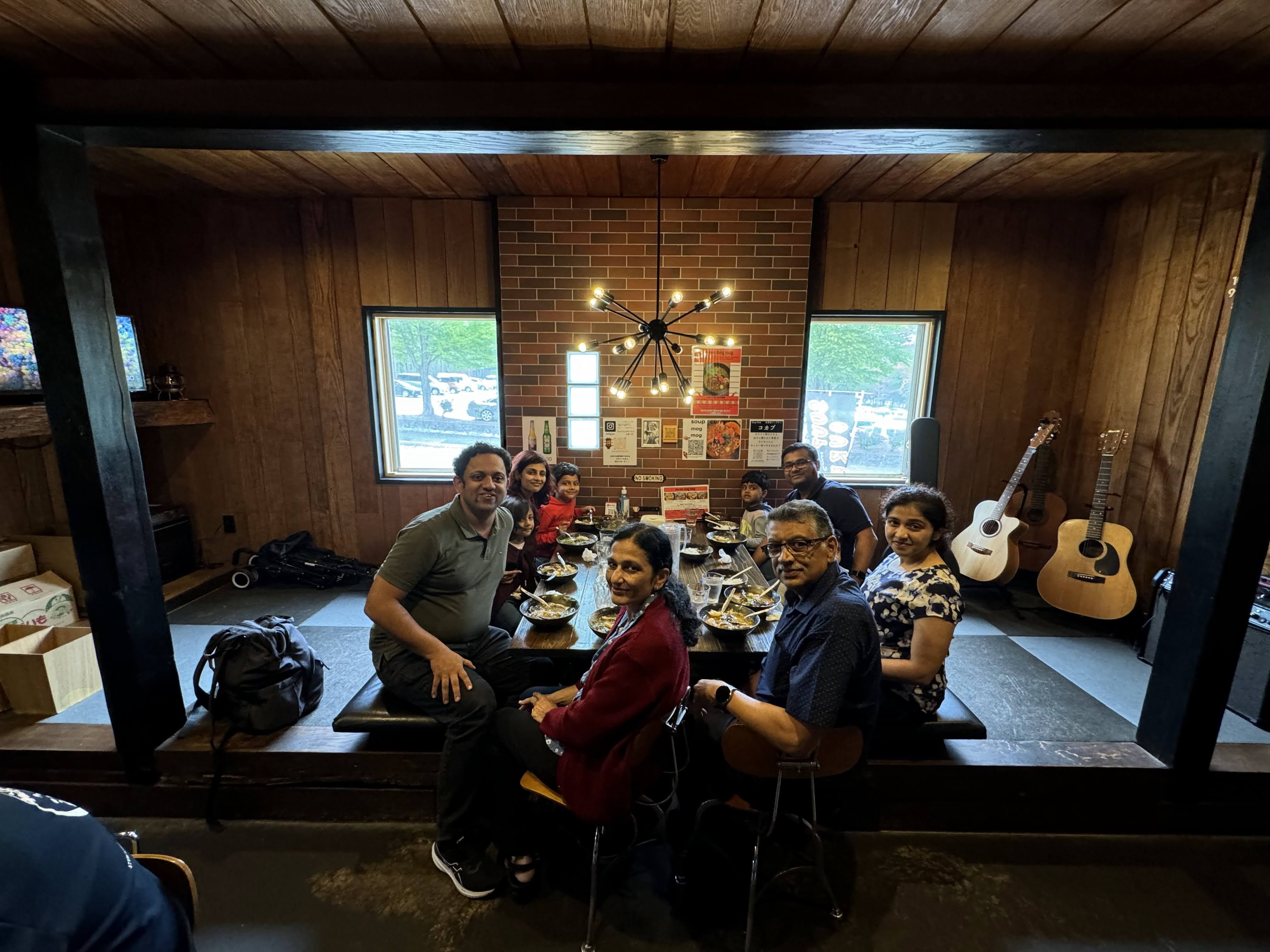

Where we stayed
Japanese houses are very clean. The amount of effort to keep houses clean is unbelievable. Many of the houses are quite big in Hokkaido and there aren’t many apartments unless you go to Sapporo. In Biei, many of the houses are farmhouses with a lot of land and in Obihiro the houses could be in busy cities so whatever you like, it is there in Japan.
Relaxing house by Lake Toya – This house is in the peaceful countryside around Lake Toya, and offers a view of the lake. In the mornings, we would go down to the lake and try skipping stones. This place also had a fire pit – even though it was summer and not very cold at night, we lit a fire and toasted marshmallows just for fun. One night we also had a barbecue outside.
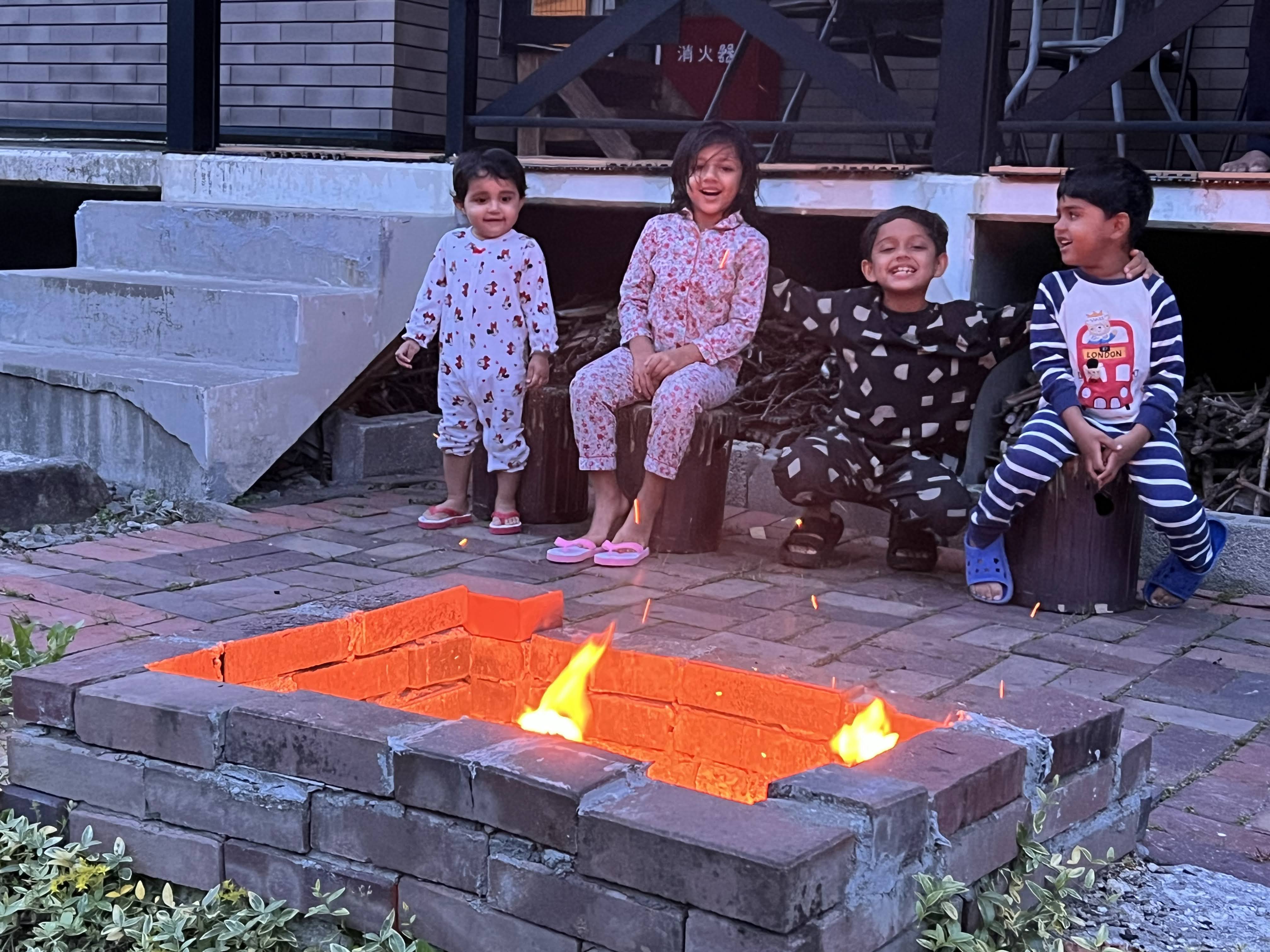

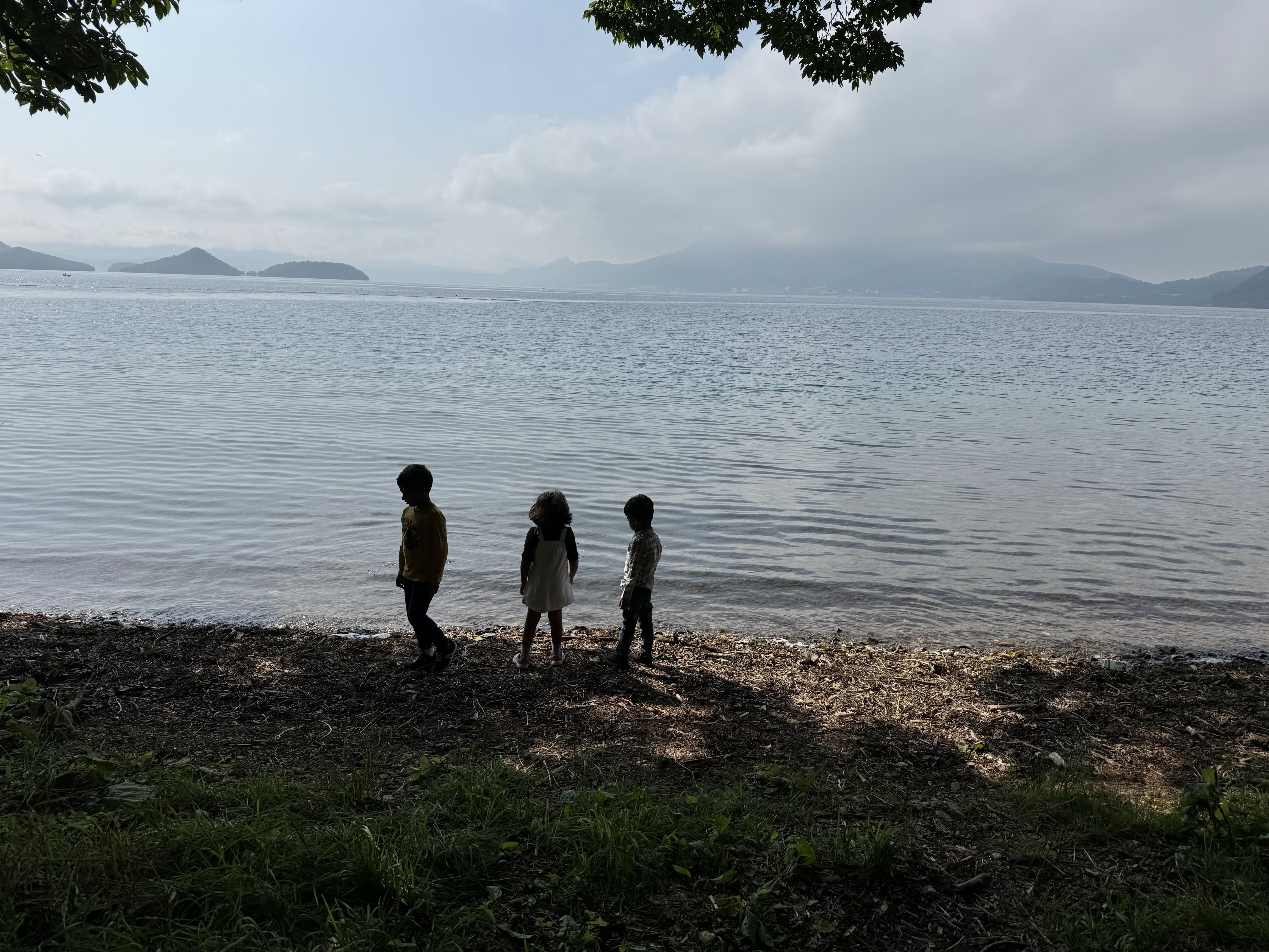

Obihiro – This house is a townhouse and is close to the supermarket and other shopping malls. It is also for around 12 people.
Chikarono’s Tawaraya Farmhouse, near Biei – This house is a farmhouse. In the morning you will wake up to the marvelous Daisetsuzan mountain range and vast fields of crops like beetroot and buckwheat. This house is also a huge two-storied house with around 4 bedrooms perfect for our family of 10. My favourite part about this house was that Rebekah, Matthew and I got our own room!
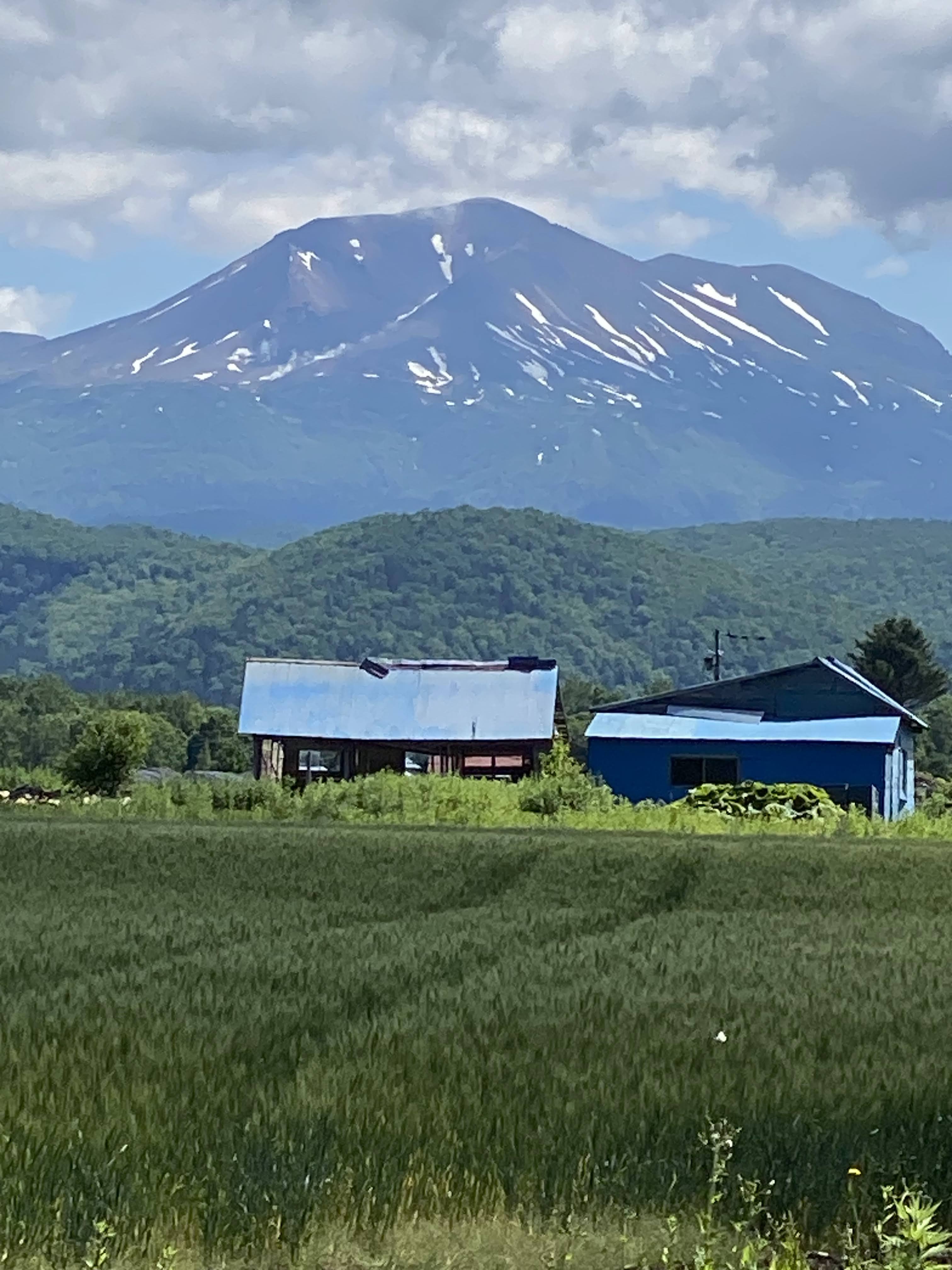





Entire home in Higashi-ku, Sapporo-shi, Japan – This house is a surprisingly large two storied, townhouse right in the city. What I liked most about staying here is that the city is always busy in the morning and I can look out of the window to see what people are doing unlike an apartment where you can only get a view from the top


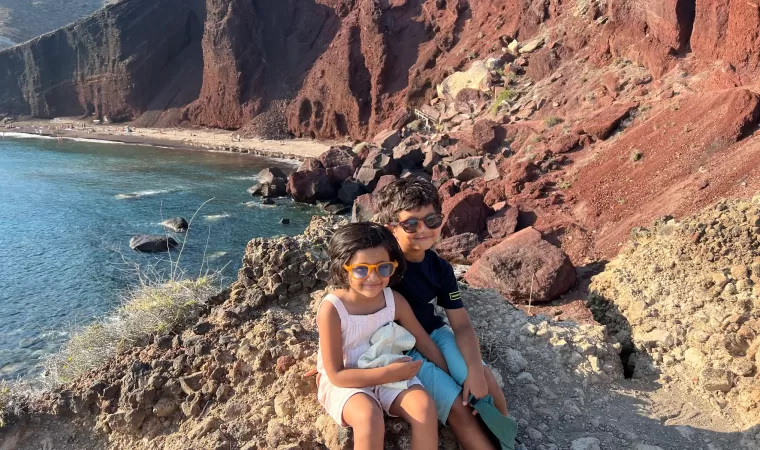
2 Comments
Kotoni-san
I am also glad I wasn’t alive during the volcanic explosion! Next time, you should try the Sapporo beer! 🙂
Qwen
George, it sounds like you had a lot of fun! Thank you for sharing your itinerary! This is really helpful for someone who is planning a trip in the future. Looking forward to read more of your adventures! Keep writing!